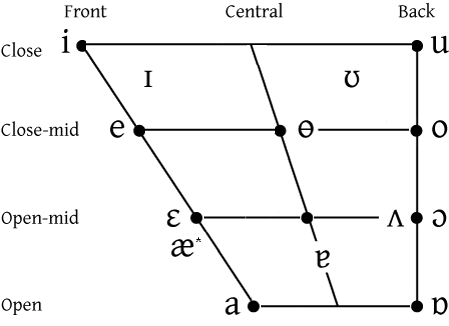Phoneme vs Grapheme
For language enthusiasts, understanding the difference between phonemes and graphemes can greatly enhance their learning experience. Many language learners focus on communication, but others delve deeper into the mechanics and structure of languages through linguistics. Linguists study the mechanisms and structures of languages, which are formed from sentences made up of words. Words are composed of sounds and letters. This article aims to explore two fundamental linguistic phenomena: phoneme and grapheme.
Key Takeaways
- A phoneme is the smallest contrastive unit in a language’s sound system, while a grapheme is the smallest unit in written language.
- Phonemes represent sounds, while graphemes include alphabetical letters, characters, numerical digits, etc.
- Phonemes and graphemes are two different elements in a language, with phonemes representing sounds and graphemes representing written letters, numbers, or symbols.
What is a Phoneme?
A phoneme is simply a sound. More specifically, linguists define it as “the smallest contrastive unit in the sound system of a language.” Phonemes do not carry meaning, but they combine with other phonemes to form larger, meaningful units such as morphemes (the smallest grammatical unit in a language) and words. Phonemes matter because a change in a phoneme could denote a different meaning. For example, the word “boy” is phonetically written as /bɔɪ/, and changing the phoneme /b/ to /t/ results in the word “toy” (phonemic transcription /tɔɪ/), meaning something totally different. The significance of phonemes in a language’s sound system is thus marked. Every language has a fixed number of phonemes, and English has about 44 phonemes represented by various spelling alternatives. In written form, phonemes are generally written between slashes: e.g., /p/, /b/, /t/, /d/, etc. The symbols of the phonemes are represented by the International Phonemic Alphabet (IPA), which features almost all the phonemes found in languages worldwide.
What is a Grapheme?
A grapheme is the smallest fundamental unit in written language, equivalent to a phoneme in spoken language. Graphemes simply refer to letters or symbols of any writing system globally. Graphemes may or may not have meaning. A grapheme refers to a single letter of the alphabet, but occasionally two or three alphabetic letters may be considered one grapheme, called a digraph and trigraph, respectively. For example, the word “ship” has four letters and three phonemes /ʃɪp/, but only three graphemes, as “sh” is considered a digraph. Conversely, a single grapheme can represent more than one phoneme. For instance, “tux” has two graphemes and three phonemes, /tʌks/. Therefore, graphemes do not always represent the same number of phonemes or alphabetic letters.
What is the difference between Phoneme and Grapheme?
- Phoneme is the smallest sound unit of a language, while a grapheme is the smallest fundamental unit in written language.
- Phonemes represent sounds, and graphemes include alphabetical letters, characters, numerical digits, etc.
- A change in a phoneme could sometimes affect the meaning of a word, and a change in a grapheme always alters the meaning.
- Phonemes carry distinctive features.
- Graphemes do not always reflect the same number of phonemes. Sometimes a single grapheme could represent two phonemes or two graphemes together (digraph) could represent only one phoneme.
- Phonemes are not visible, but graphemes are, in most cases, visible.
Considering these differences and specific features, it is understandable that phonemes and graphemes are two distinct elements in a language, with their primary difference being that phonemes represent sounds and graphemes represent written letters, numbers, or symbols.
